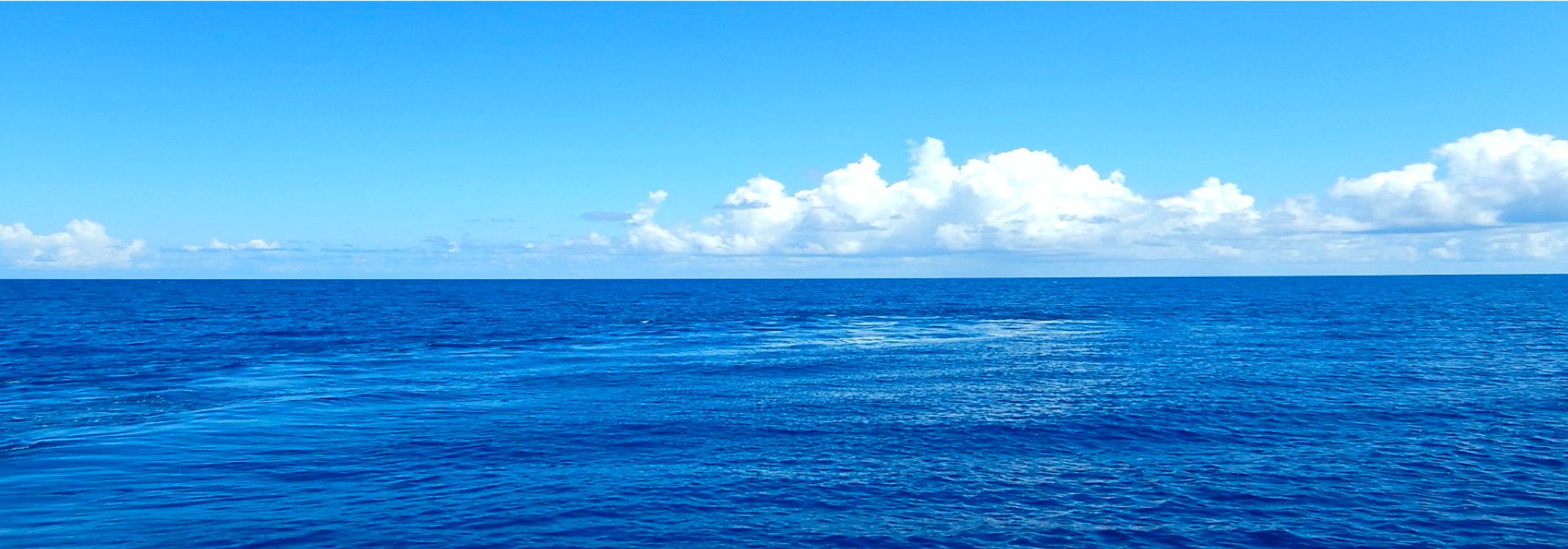The Tuvaluan Language
The Tuvaluan language (or te Gana Tuvalu) is one of the approximately 40 Polynesian languages of the Austronesian language family. Polynesian languages are divided into two branches: Tongic and Nuclear Polynesian. Tongic comprises only two languages, namely, Tongan and Niuean, and all the rest belong to the Nuclear Polynesian branch, which falls into two lower categories, namely, Samoic-Outlier and Eastern Polynesian. The Tuvaluan belongs to the Ellician group, which is part of Samoic-Outlier (Besnier 2000).
Most people in Tuvalu speak the Tuvaluan language, and they are the Polynesian people, who both culturally and racially share similarities with the Samoan and Tongan people. Notwithstanding, those who live in Nui, one of the outer islands of Tuvalu, have their roots in Kiribati, where the Micronesian people settle; hence, the Nui people speak the Gilbertese (Kiribati) language.
From a historic perspective, the Tuvaluan language has been most influenced by the Gilbertese, Samoan, and English languages. As for Gilbertese, it strongly affected Tuvaluan during the time the Gilbert and Ellice Islands together were the colony of the Great Britain because the center of the colonial administration was in the Gilbert Islands. The Samoan language was introduced when the Samoan missionary administered the churches in Tuvalu. Until 1977, when the Tuvauan version of the New Testament was published, people had used the Samoan version (Besnier 2000). English also has had great influence on Tuvaluan, giving many loan words to the language. Especially since Tuvalu became independent in the mid-1970s, English has become increasingly important. Additionally, Tuvaluan have recently been influenced by the Fijian language as the number of those who go to Fiji to study in college has been increasing (Jackson 2000).
Although each island has some distinctive expressions, the Tuvaluan language could be divided roughly into the southern and northern dialects. The former includes Nukulaelae, Funafuti, Vaitupu, and Nukufetau, and the latter requires Nanumea, Nanumaga, and Niutao. The southern dialect, particularly the ones spoken in Funafuti the Capital and in Vaitupu, where the only secondary school is located, is perceived as more hegemonic and standard. You can hear the “standard” Tuvaluan in the nationwide radio station, Radio Tuvalu, and TV station, Tuvalu TV (launched in 2019). As for the three northern islands, Nanumea and Nanumaga share more similarity in their dialects.
Presently, the number of the speakers of Tuvaluan is approximately 10,000 and trends upward. There are some opinions that the language is vigorous, and there is no tendency toward decline or extinction. It may be true that a language that has over 10,000 speakers will not disappear in a few years. Nevertheless, on the other hand, it could also be said that a language that has only 10,000 speakers is so vulnerable that it could soon vanish depending on the condition. Nowadays, the government places much more importance on teaching English in public schools than on teaching students’ mother tongue. The day when Tuvalu shifts its national language to English might come in the near future as the society is rapidly globalized, urbanized, and westernized. Furthermore, it is no big surprise that there would be a significant division in the migration policy, and many people chose to leave their islands themselves to English-speaking countries for better occupation, education, or medical care. There might also be a serious natural disaster or rapid environmental deterioration, which forces people to move to other countries. Viewed in this way, it could be said that a language of the island nation such as Tuvalu is always facing the danger of going extinct.
